How Often Should You Be Training In Krav Maga Worldwide Self-Defense?
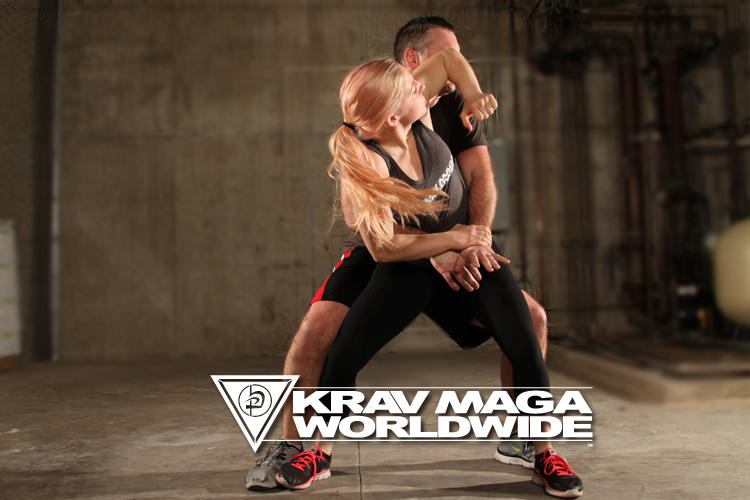
How many times a month, week, or even how many times a day should you be training in Krav Maga Worldwide® self-defense in order to get the most out of your training? This is something that we encounter a lot from new and very experienced members alike.
Frequency of training is an important aspect of martial arts, after all, if you consider yourself a practitioner of that martial art or self-defense system you should be actively training in it.
There’s a line that is sometimes fine, and sometimes not so fine, between not training enough and training too much. Passion and motivation to train and advance quickly is sometimes balanced out, and sometimes hampered by outside factors.
There’s a couple of ways to look at it and to look at how to find what your personal “magic number” for training frequency is. So we’ll break it down.
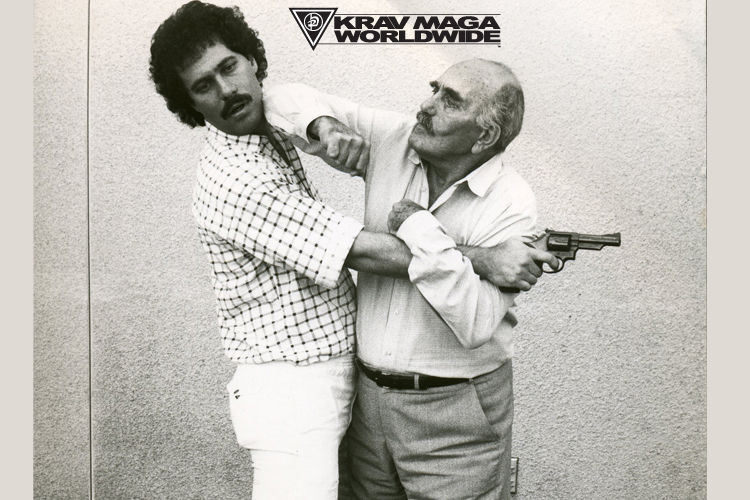
Some background
To get a bit of context, first consider the history of Krav Maga Worldwide® self-defense. Our system was developed in Israel, by Imi Lichtenfeld, as a way to bring people with little to no hand-to-hand combat experience to a high-level of proficiency in hand-to-hand combat skills in a very short period of time.
At it’s core, Krav Maga Worldwide® self-defense is efficient. The system had to be designed and implemented in that way in order to give the newly formed nation of Israel the means to form a military, the IDF or Israel Defense Forces.
It could be argued that you don’t need a whole lot of time in training Krav Maga Worldwide self-defense to learn it. This does not mean that you will have mastery of the skills. Those are very different concepts.
Going All Out

"Magic Number"
When you think about ways to look at how to find your “magic number” for how many times a week you should be training Krav Maga…or how many times a month you should be training Krav Maga…the first method to consider is to basically just go all out. Many people adapt this approach and just say “I’m going to train as much as I can”.
For some people this is an unrealistic approach but there is some logic here. After all you will be, or you are, paying for a membership to a training center and taking as many classes as possible really maximizes the value of that membership. If you go twenty or thirty times a month, the cost per class becomes really low. It also immerses you in training quickly and is a sort of baptism by fire.
Where to start
If you look at the belt level pre-requisites for training you’ll see that you will be blasting your way through the required number of classes for testing…but there’s still a time requirement for being a student in each level.
This is because of the difference between just taking class and learning a skill as opposed to developing mastery of it. If you are a level one student and you take classes seven days a week, you’ll hit the number of classes required to test very quickly, but you might not be ready to test into Level 2 even though you have seen and trained on the entire Level 1 curriculum.
That’s part of the reason Krav Maga Worldwide® belt test eligibility also depends on an instructor’s approval. Instructors can recognize the difference between performing a skill and having mastery of it. That’s what they do. It’s part of their job and for many of our instructors it’s their life.
If you take the “going all out” approach and you can handle it, great. Sincerely. That’s awesome. Do it. Just be aware that you’re not likely to receive special permission to test into the next level any earlier than what the requisites of the system state. If that doesn’t matter to you and you love it anyway, even better.
Determining A Realistic "Magic Number"
Factoring your personal number for frequency of training breaks down into a few different elements; goals and motivation, physical ability, and actual availability.
Goals and motivation are probably the single biggest determining factor in how often you will want to train. Physical ability and actual availability will most likely determine how frequently you can train.
Goals And Motivation
Black Belt goals
“I want to to be a black belt” is often the ultimate goal of people starting out in Krav Maga Worldwide® self-defense training. That is great. It’s awesome, really. It represents the idea that the person knows they want to work hard, learn, endure, and build to a high level through dedicated training.
Every class will bring that person one step closer to their ultimate goal and, if they are staying true to their vision, they will give their best effort in every class in pursuit of that goal.
Personal safety
“I want to learn to defend myself and to feel safer” is another goal that motivates people in Krav Maga Worldwide® self-defense training. That’s awesome, too. There’s nothing better than being able to feel better about yourself and your abilities.
It doesn’t mean that this person doesn’t want to reach the highest level in the Krav Maga belt system, just that they want to gain skills and knowledge that bring them to a different level of self-confidence.
Health and fitness
“I want to get in better shape and learn some self-defense” Perfect. This is also a great way to look at training. This type of person has a desire to push themselves to a new level of fitness and to be learning at the same time. Krav Maga Worldwide self-defense training, by it’s very design, will change your body and your mindset.

Goals come from you
These are basically the three biggest ways people express their goals and motivation when they are starting their training…and, really, as they progress and gain experience in training.
There are myriad exceptions to this. Some people start training because of work in a specific field like security or law enforcement. Some people start training because of a specific life event, like a big vacation abroad, going off to college or moving to a new place and being alone for the first time.
Whatever the case is, goals and motivation are the mental fuel that gives energy to your progression. Everyone’s individual goal and motivation is special to them and they all have a place in the Krav Maga Worldwide system.
A systematic approach
The Krav Maga Worldwide belt-system and the perquisites set up within it are based on someone who trains about three times a week. That would be the minimum number of classes within the system, at each level, that would provide for both learning the skills required in each level and developing mastery of those skills within the framework of time required at each level.
The amount of time at each level increases as the level increases; 3 months minimum at Level 1, 6 months minimum at Level 2, and so on.
So, really, start with setting your magic number at 3 Krav Maga Worldwide self-defense classes per week in your level. It’s not a rule.
It’s just a good place to start. It is completely o.k. if you can’t make 3 classes a week. There’s nothing wrong with going a little slower…or, as mentioned when discussing “Going All Out”, there’s nothing wrong with taking more classes per week.
Physical Ability
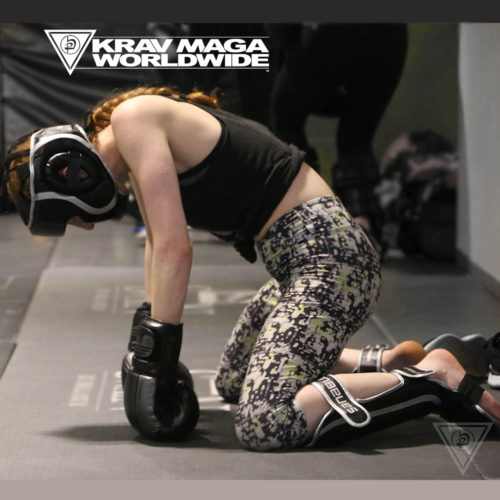
Outside of your motivation, this is going to be the second biggest determining factor in frequency of training. How much can your body actually take? If your overall conditioning is low to begin with, no big deal, you’ll get in better shape as you train in Krav Maga Worldwide self-defense.
This will put you on a bit of a slower pace than some other people but, really, that’s fine. Many, many, people are shocked at just how different self-defense training is than any other sort of sport or exercise. If you’ve never done it before, there’s no way to understand exactly what goes into it.
Krav Maga Worldwide programming
The great thing about Krav Maga Worldwide and Krav Maga Worldwide certified training centers is that we are experts in helping people get stronger and be safer.
We know what goes into building real world self-defense skills and the ability to master them and we’ll help you. That is to say, we aren’t going to force you to do something outside of your comfort zone. You’ll be presented with those challenges for certain but you aren’t required to do something you just flat out can’t do.
Remember, Krav Maga Worldwide self-defense training is a system designed to build people, not to break them down. There is no benefit to a student’s overall safety outside of the training center if they are so worn down or worse, injured, that they can’t defend themselves effectively on the streets.
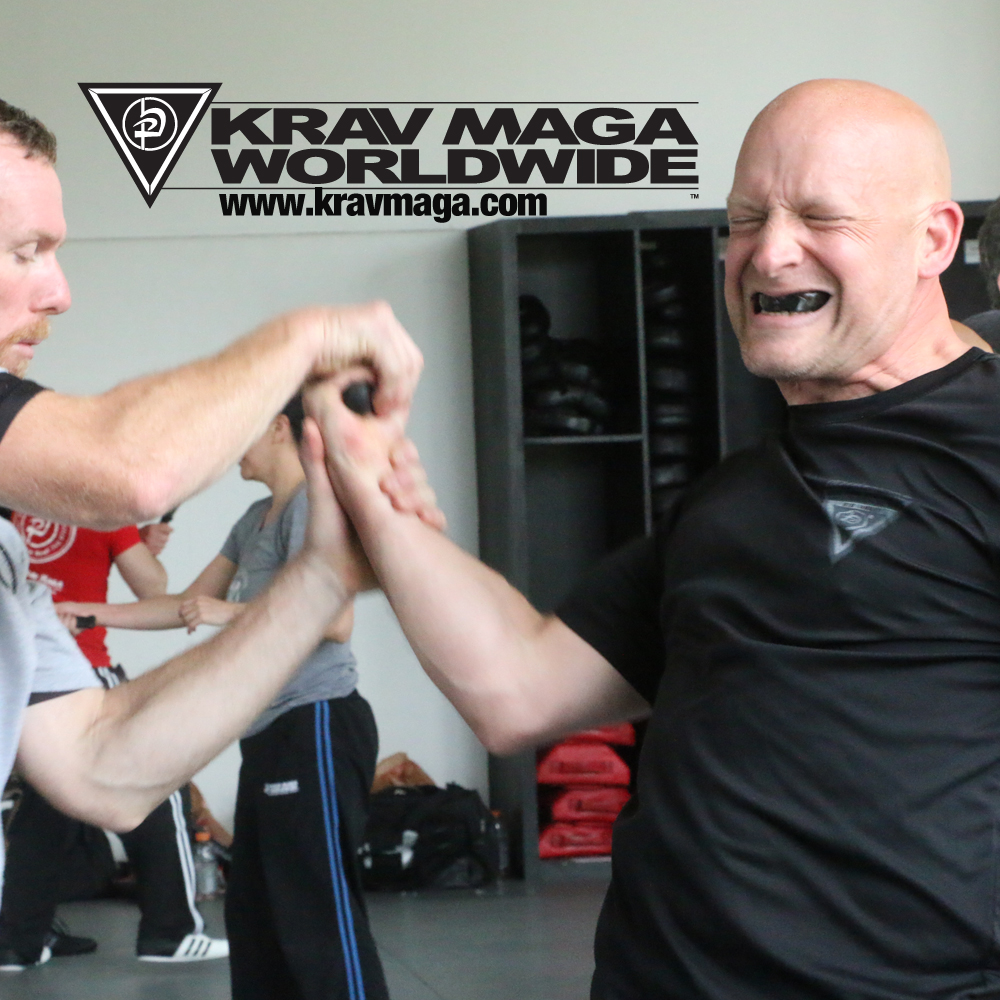
Scaling your training
If you find that you can really only physically keep up with two classes per week…then set your number at two classes per week until your body becomes better conditioned, then bump to three, etc. If your body responds differently and your overall level of conditioning allows for you to keep up with more than three classes a week…bump your number up and go from there.
Rest and recovery
Conditioning and recovery are important to longevity of training. Injury prevention is of paramount importance at our training centers. We know that training comes with some bumps, bruises, and soreness.
Believe it or not, it is possible to get used to these things. Serious injury however is not something anyone can get used to and your physical ability needs to be considered. Discomfort and injury are two very different things.
The bottom line is if you are injured you cannot train and that’s not beneficial to you as a student or to our mission of making people stronger and safer.
Krav Maga Worldwide self-defense training always considers what is safe for students to do and what is going to help them develop. That’s why we have programs like Intro to Fight, which brings students along a planned curriculum to help them get used to full contact sparring and training with live, resisting, opponents.
Variety of training
Most Krav Maga Worldwide certified training centers offer a variety of training programs, most of which are centered around developing students to be stronger in terms of self-defense but not always directly involving self-defense training.
KM Bag class for example is an an incredible workout and will build your level of conditioning while giving you extensive practice with Krav Maga combatives.
Strength and Conditioning classes are another great example of diversified training. In these classes you build overall strength and conditioning levels with weight training and high intensity interval training, which will improve your body’s functionality and make you a better self-defense practitioner in general.
You will also find classes like Mobility and Yoga at many certified training centers, which aid in recovery and flexibility and, again, improve the body’s overall ability to perform.
If you set the general goal of your magic number for training around three classes a week in your level of Krav Maga Worldwide self-defense and supplement your training with classes from our other programs, you’ll have an incredibly effective training regimen.
Actual Availability
We don’t always have time to do all of the things that we want to do in a particular day, week, month, etc. That’s just the way it is. Your actual availability to train in Krav Maga Worldwide self-defense is going to be affected by responsibilities like work and family. If we continue to think about three classes a week as a good goal for training, but your time is just too limited, then you’ll have to make that adjustment. It’s ok to only train once or twice in a given week if other responsibilities in your life are taking priority.
It’s a good idea to schedule some extra training for conditioning purposes as well as for technical review as you get closer to a belt test, though. Belt testing schedules are available ahead of time to make this sort of thing easier to plan for.
Your ideal frequency for training
Ultimately, figuring out your ideal frequency for training and your magic number for classes per week, per month, etc comes down to goals and motivation, physical ability, and actual availability. The Krav Maga Worldwide belt-system and belt testing procedures are based on, as we mentioned, the idea of someone training three times per week so that’s really the best place to start when figuring out what your training program is going to be.
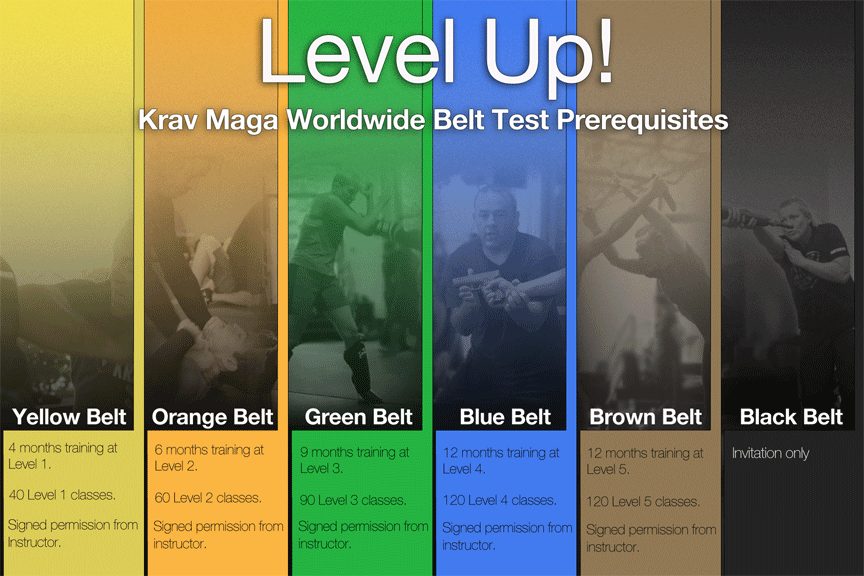
You have to take realistic approach to your development and progression in Krav Maga Worldwide self-defense.
Try not to compare yourself to other students at your training center or in your level. Development and progression will happen. You can’t force things to happen.
However, you can do your best in every class that you attend and push yourself toward your personal goals. That’s the best way to look at what the frequency of training should be for you.
